I Refused to Have My MIL on Another Trip If She Won’t Babysit—Her Slapback Was Brutal

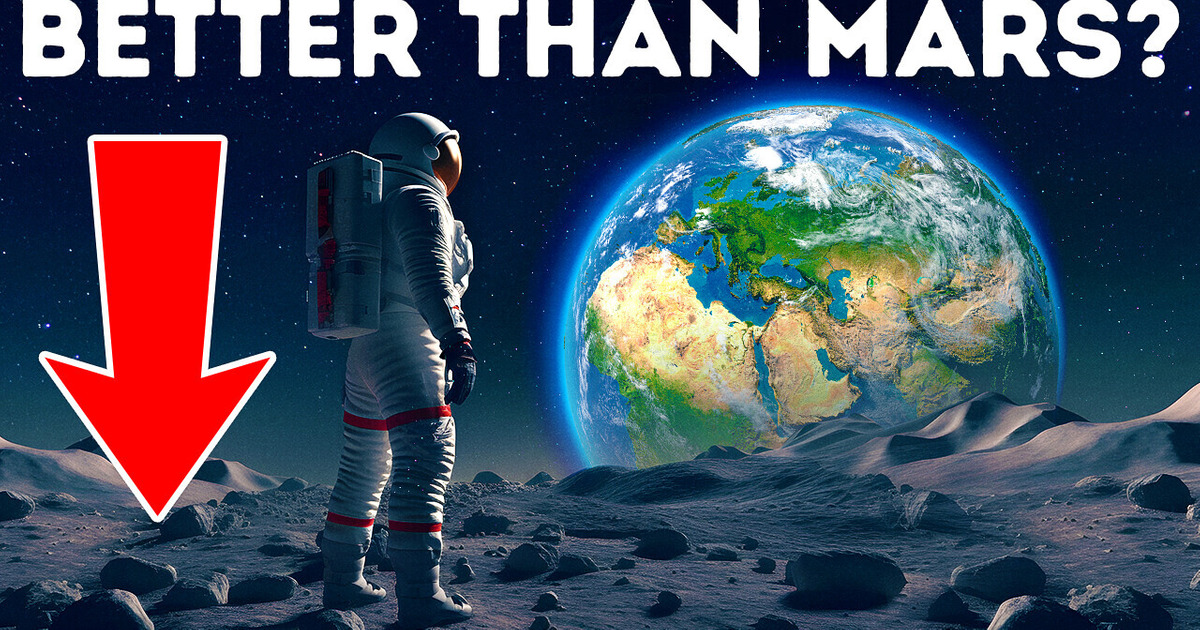
Colonizing other planets is like the ultimate cosmic adventure — it’s a challenge that has captured the imagination of humans for centuries, and it’s something that we’ve always dreamed of doing. One of the most popular candidates for this role is Mars. And this isn’t surprising.
Mars is a rocky planet that is similar to Earth in many ways, and it even has evidence of water on its surface. This makes it a prime candidate for human colonization. Many scientists and engineers are working on plans to send humans to Mars and establish a permanent settlement there. But... What about the other candidates?
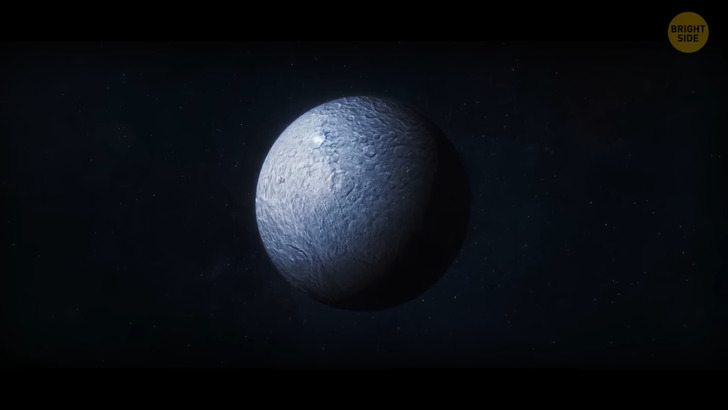
There are many planets and moons in our Solar system, so why not colonize something else? For example... Ceres? Ceres is the ultimate cosmic treasure trove. It’s a dwarf planet, not a full-fledged one — just like Pluto. It’s located in the asteroid belt between Mars and Jupiter. This dwarf planet is the closest to the Sun, and it’s adorably tiny. The entire planet is about the same size as the state of Texas!
So why choose it? Because Ceres may be a rich source of valuable resources! The surface of Ceres is covered in craters and other geological features... And scientists believe that beneath its surface, it has a thick layer of water ice. Which means that deep underground, it may have an ocean of liquid water! If this is true, Ceres could be a valuable resource for future space missions. It could potentially provide a source of water for human exploration of the Solar system!
So... Can we colonize it? And if so, how do we do that? Actually, many scientists and space enthusiasts have proposed this idea. To colonize Ceres, we’d have to use the same methods used to establish colonies on the Moon, Mercury, and the satellites of Jupiter and Saturn. Don’t worry, it’s not that hard! We just need to figure out how to adapt to a very thin atmosphere, to extreme temperatures, and pressure and... all the other nasty stuff.
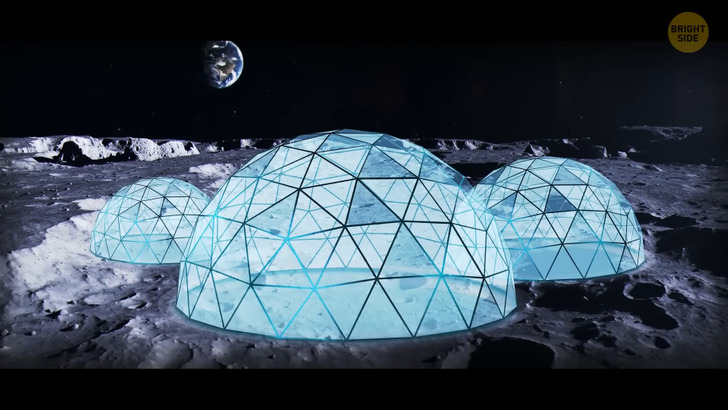
But let’s stay hopeful. At the end of the day, it all comes down to resources. We’ll need water, minerals, silica and other raw materials — all this would help us to create a self-sufficient colony. And luckily, Ceres is full of these things.
So first of all, we could locate the places of residence inside the craters of Ceres. We could build domes there that would protect us from all sorts of dangerous things, like radiation. We could also mine regolith in the asteroid belt. Regolith is a residual soil that appears as a result of cosmic weathering of the rock. Basically, it’s something like the surface layer of soil on the Moon. Why do we need it?
Well, because we could use it to 3D print the base layers next to the ice, so that our bases would be located near the water. We could then use these base layers to print other structures, like houses. We could also collect ice and organic molecules to create water. And by combining water with regolith, we would get soil in which we could grow plants and food. Wonderful!
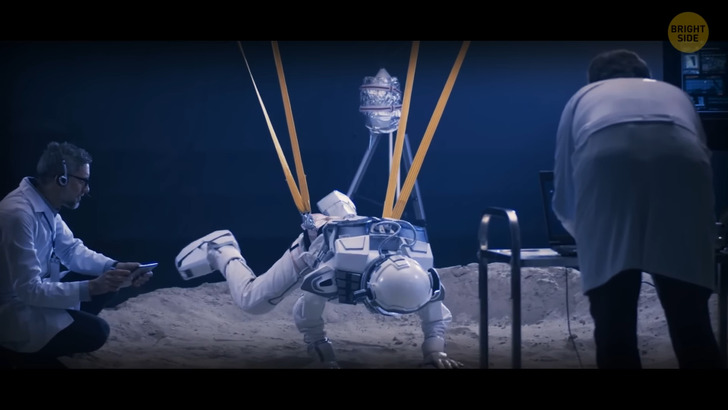
There’s also another option: a colony can be created underground. That is, right next to the icy crust of the planet. Now, if in the future we’ll be some kind of super cool scientists, we could try to accelerate the rotation of Ceres... which sounds crazy, but would be pretty beneficial. It would help us to create artificial gravity inside the underground colonies.
And speaking of gravity... All of these things may sound cool, but let’s discuss the difficulties that lie ahead of us during colonization. To colonize Ceres, we would need to overcome a number of challenges. To begin with, we need to develop technologies that will help us even get to Ceres.
We need some kind of ships that would be capable of long flights into deep space. For them, first we need to create some kind of nuclear-thermal or nuclear-electric traction... And maybe an even more advanced type of fuel. Then we’ll also need technology to help us sustain life in this small, rocky world. That is, tools to extract and use local resources.

Also, since there is no atmosphere on Ceres, we would have to wear spacesuits and live in pressurized habitats. And this is only the beginning! Living on the planet itself won’t be an easy task either. For example, what about extreme temperatures? Or radiation? Or the mentioned incredibly weak gravity? The latter is definitely one of the biggest problems. The gravity of Ceres is only 3% of the Earth’s! You wouldn’t want to accidentally fly into outer space while playing football, would you? But the fact that any jump could send you on an endless journey isn’t the only problem.
Even if you somehow stay on the surface of the planet, you’ll experience the same symptoms and problems as astronauts who hang out on the International Space Station. For example, loss of muscle mass, decrease in bone density, deterioration of vision, problems with the cardiovascular system... Wow. Who would have thought that gravity is so important. So therefore, if we wanted to survive on Ceres, we would need either a bunch of doctors, or some kind of artificial gravity. And don’t even get me started on how low gravity will slow down production and work.
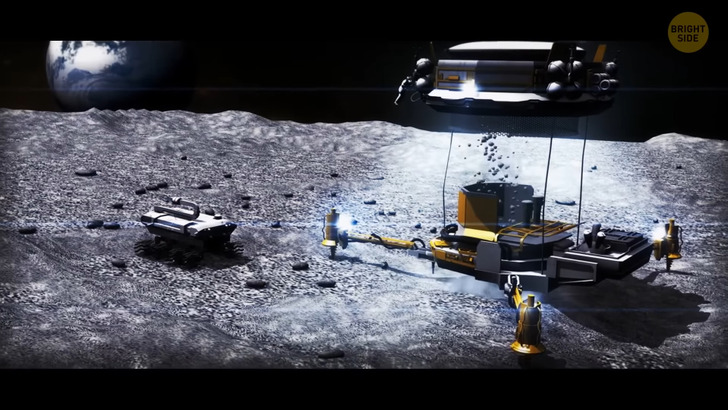
And, of course, we can’t go anywhere without discussing money. Colonizing Ceres will cost us a HUGE expense, especially taking into account all of the above. And yet, despite all these things... Ceres still stays one of the best candidates for colonization. For example, Ceres contains lots of methane and ammonia. They can be used as a manufactured fuel or a nitrogenous gas... Or you can just mine it there in order to colonize Mars and Venus. Even low gravity has its advantages. Thanks to it, it will be very easy to launch spacecraft from Ceres.
We’ll waste much less fuel — which means that transportation from Ceres to other planets would be much cheaper and more efficient. So even if Ceres doesn’t become our permanent residence, it can become a good transport hub. Something like a spaceport. We could use it as a base for mining all sorts of useful things from the asteroid belt. Then, we could transport all these resources back to Mars or Earth. And it can also become a “refueling station” for ships traveling further beyond the Solar System. Sounds cool and pretty SciFi-ish, doesn’t it?
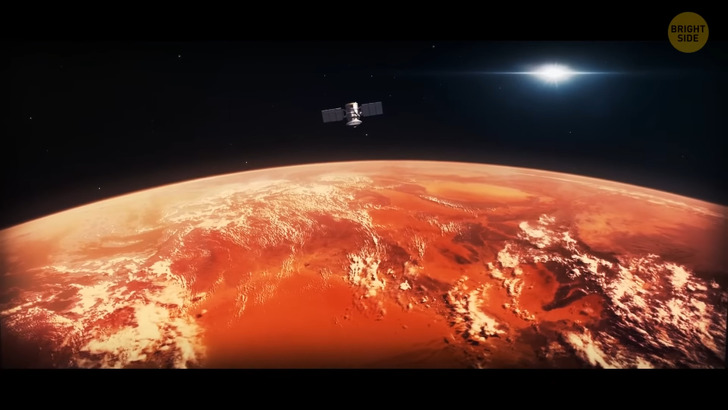
But it seems that any attempts to create a permanent base in the asteroid belt will have to wait. Colonizing other planets is a difficult and complex task. It will require the cooperation and expertise of many different people, and it will involve developing new technologies and overcoming many challenges. Before we go to Ceres, we need to build infrastructures on the Moon, Mars and somewhere in between. Otherwise, any attempts to colonize it would be prohibitively expensive and would most likely fail before future missions could even reach it.
But the more colonies we create, the more likely it is that sooner or later we’ll build another one on Ceres. This would not only open the asteroid belt to economic exploitation; it would also serve as a stepping stone to the outer Solar system. This, in turn, could lead to colonizing the moons of Jupiter and beyond. In other words, the rewards of colonizing Ceres could be great. Not only would it allow us to explore and understand this fascinating world, but it could also provide us with valuable resources that could help us to further explore and settle the Solar system.
Life on Ceres would likely be challenging, but exciting, as humans would be making a new home for themselves and exploring the mysteries of the universe. Just imagine all the new planet-themed restaurants and shops we could have! “Welcome to Ceres Mart, where everything is out of this world!” So if you’re a fan of cosmic treasure hunts, Ceres is surely a rich and rewarding destination! Just make sure you bring some weights on your feet, so you don’t fly anywhere.











